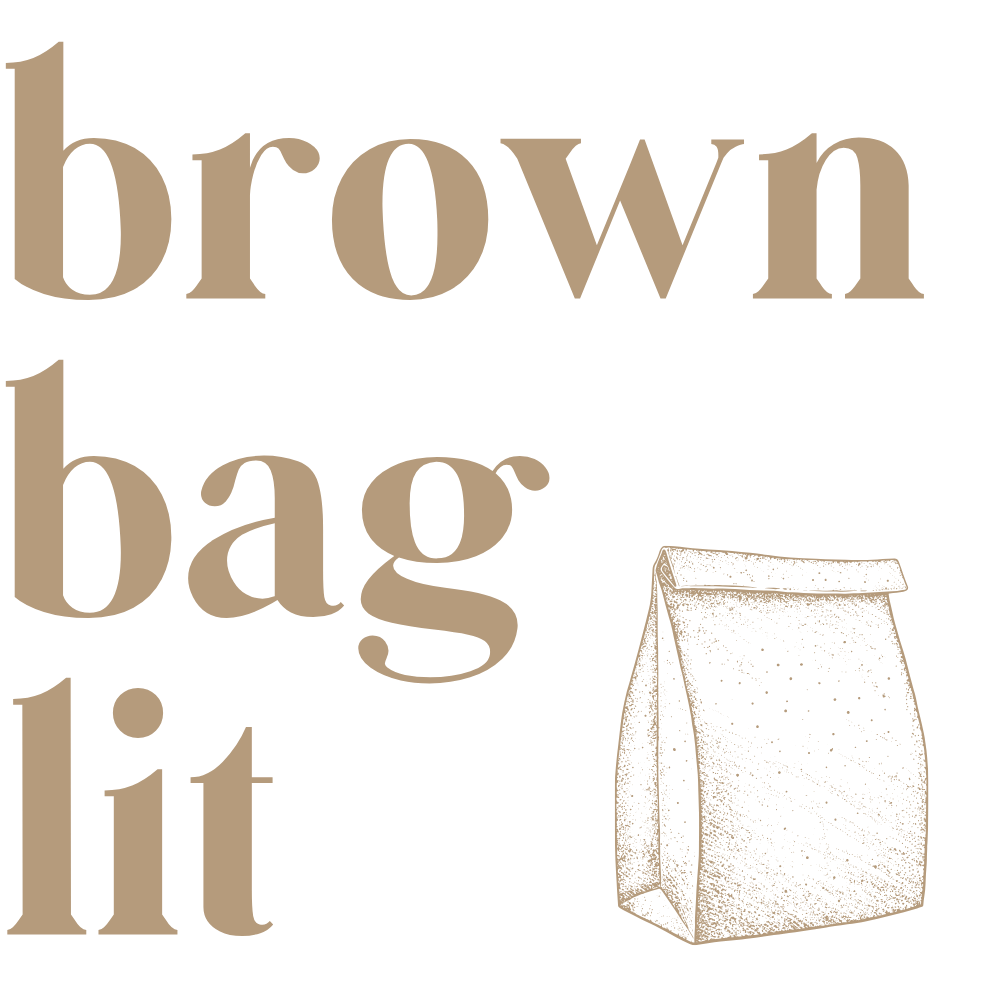A review of Kim Roberts’ CORONA/CROWN
I was delighted to discover Corona/Crown by Kim Roberts about a year ago. Roberts has published seven books of poetry and is well known in the DC area—and beyond—for her work sharing research on the history of DC poets and poetry and promoting literature and the arts in DC. She is doing something rare, heady, and really interesting in this book—and not just because the book pairs prose poems with fine art photos by Robert Revere.
These poems center on the interplay between works of art and the viewer, with subthemes of the effect of pandemic isolation (what “Corona” in the title refers to) and the author’s wonder at a new love relationship. Most are ekphrastic poems, or at least set in museums. One describes walking through a huge, anatomically correct human-heart model at the Franklin Institute of Science. In another, the writer sees in an exhibit the oak sledge Robert Peary used in his exhibit to the North Pole. Having pushed through the jumbled Peary-McMillan Arctic Museum in Maine to stare at this artifact, the poet clearly feels cheated and deflated: “Is this all? This pitiful hollow box?. . . loaded down with precious provisions, on such a spindly frame: loaded down with such mighty hopes!”
Crown in the title signals that the fourteen poems are a crown of sonnets (a series of linked sonnets exploring a common theme). These poems hew to the major rule of a sonnet crown that the last line of each poem becomes the first line of the poem after it in the series. And, as in a “heroic” crown of sonnets, the final poem is composed of one line from each of the previous poems, artfully arranged. Being prose poems, however, the individual poems don’t use the traditional rhyme scheme, meter, or lineation of the sonnet form; it’s kind of a modern twist on a crown of sonnets.
Key phrases repeat in many of the poems, bringing a delicious cohesiveness. For instance, the phrases “the lines, the sweet curves,” “the parabolas” and “tooth to tooth, skin to skin” crop up over and over, ringing differently each time. In “Fresco,” they paint the writhing of hell, the wonderful-to-behold demons depicted on frescoes in French churches: “smoke rises from open chasms. Limbs entwine, skin to skin, tooth to tooth.” Often the phrases describe the gorgeousness of female bodies. In “Snapshot,” the speaker feels a jolt at seeing her lover’s image: “Tooth to tooth, skin to skin, my physical full-body reaction when seeing your photograph. . . when you smile, you always lift your chin as if pleasure starts at the neck and travels upward to the mouth… The little lilt of the chin that precedes the smile makes my heart luff like a canvas sail.” And “Venus,” imagines the Venuses from famous artworks rising as one from the sea, all in a pose that is considered “particularly feminine and alluring...Venus not only holds my gaze, she is visual pleasure embodied. Those breasts those hips—all the parabolas. How can I look away?” (In an endnote, Roberts notes that this poem was written in memory of Venus Thrash, a much-admired DC poet who died during the pandemic).
Roberts explores how plunging into an artwork affects the viewer, but, also, weirdly, how the art is affected by viewers, or the lack of thereof. Can works of art catch a bad mood if neglected? (Poets ask themselves such bizarre questions, no?) So, the first sonnet wonders, how did artworks so happily used to being admired fare in the eyeless dust of the COVID-19 lockdown:
Didn’t sculpture require adoration? Wasn’t stone diminished by solitude? How could the art be comforted without my humming frequency? The lines, the sweet curves. The way light hits the surfaces of the face
In a poem about Frederic Edwin Church’s painting of Niagara Falls (using charged language that mimics the violent movement of water in the painting), the speaker tells how the artwork excites her: “We hang just above the danger, giddy before the hurtling spectacle . . . it’s hard not to be sucked up, to feel the violent energy.“ But I think she also implies that the intense energy of the painting is stilled by being viewed: The “curves and crests” of water “hang suspended in time—the only things, it seems, not rushing inexorably downward. They tremble, they vibrate—but hold still.”
There are eleven photos by Robert Revere, a fine art photographer and foreign service officer with the US State Department, mixed in with the poems. All the photos were taken in museums or art shows in various countries, so they fit the book’s theme and are well-crafted, but I found the tone of the photos often clashed with the tone of the poem next to it.
This didn’t stop me from being very drawn into these poems. What the speaker in them seems, to me, to be looking for is a release —through intimacy, through allowing our borders to blur with an artwork or another person—that leads to a kind of positive merging. Here, a childhood memory of being allowed to touch stone sculptures on a special tour leads to a feeling she is at one with the both the artworks and the artist:
We were given thin white gloves and allowed to touch, to feel the exact places the artist’s hands had carved or smoothed. I closed my eyes. Reaching back in time, I could feel it: I grasped the artist hands, becoming part of his process, part of his love.
Corona/Crown by Kim Roberts is available from Word Tech Editions.
